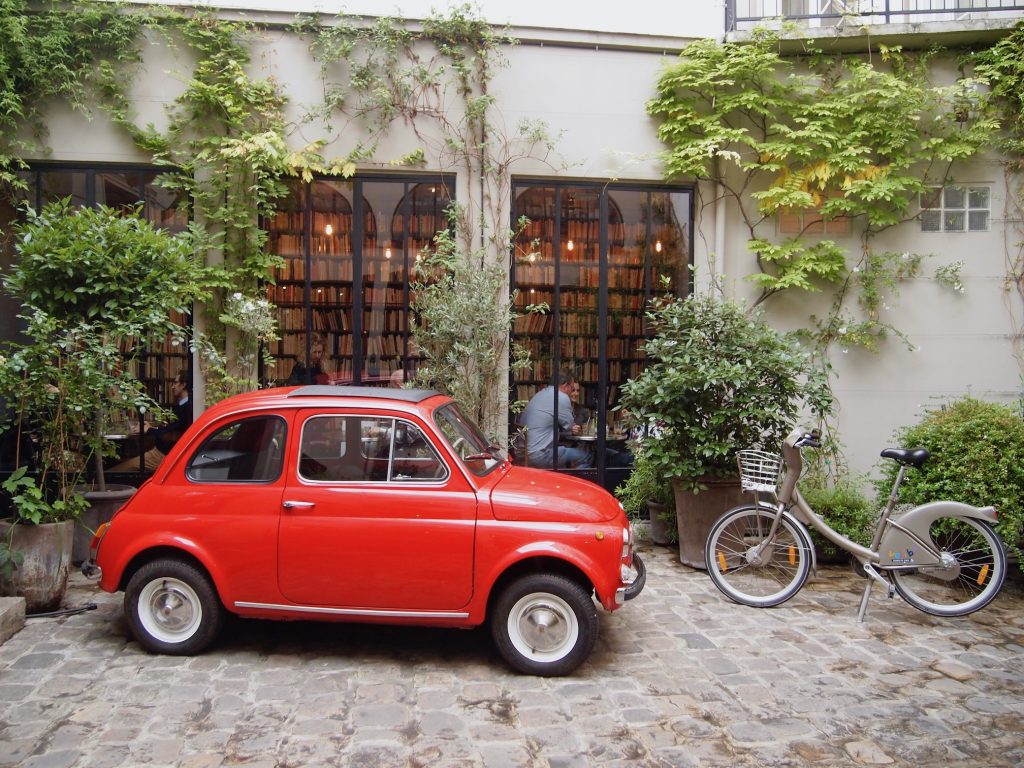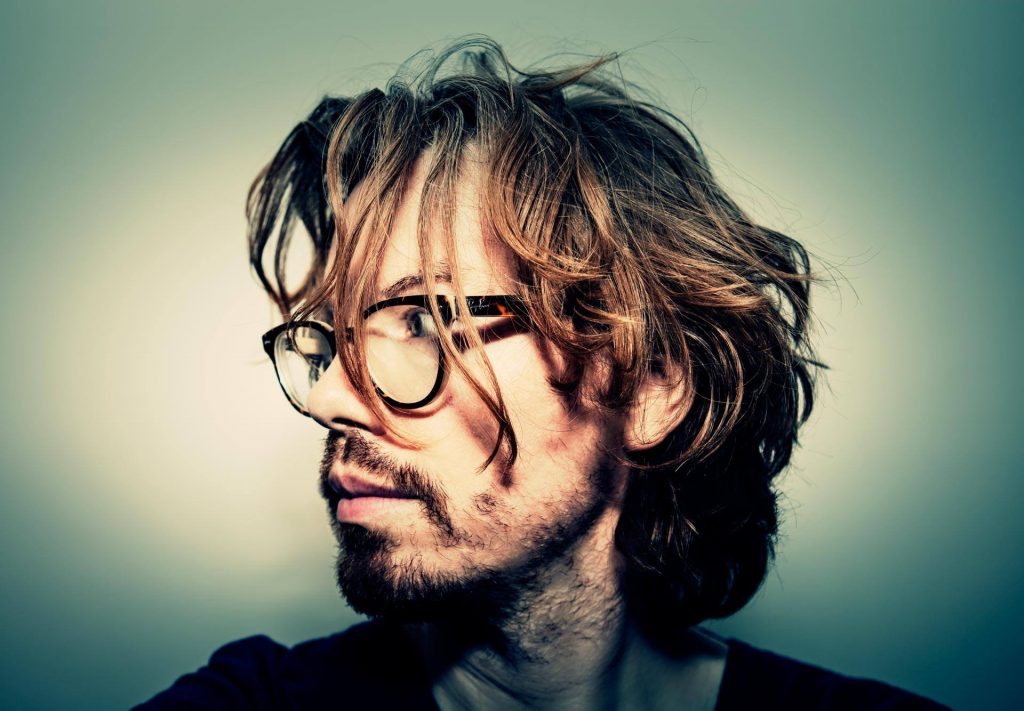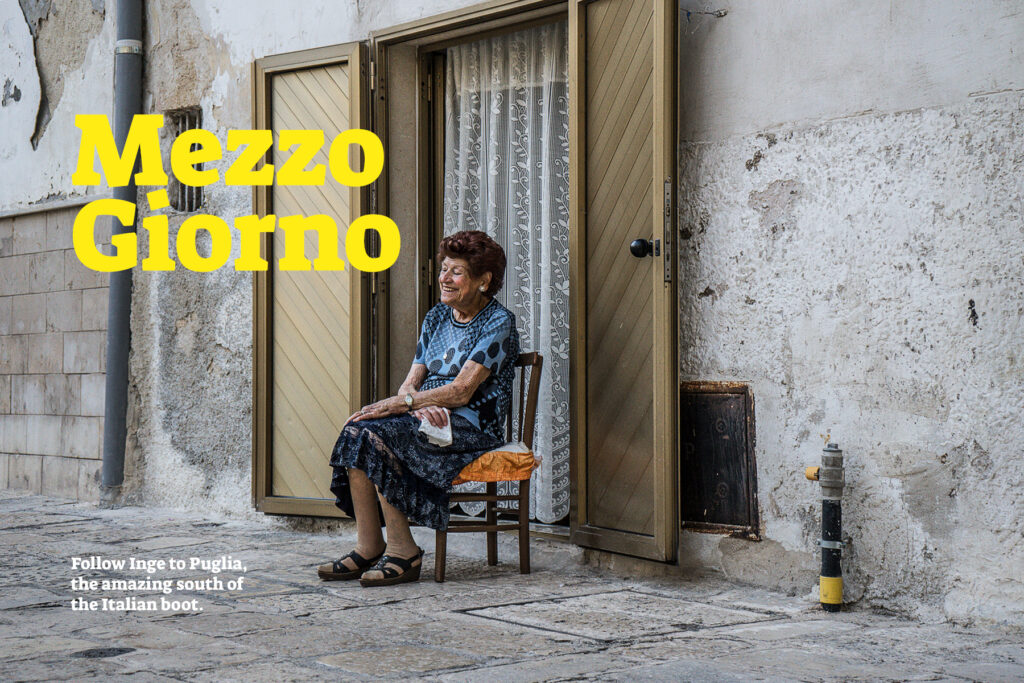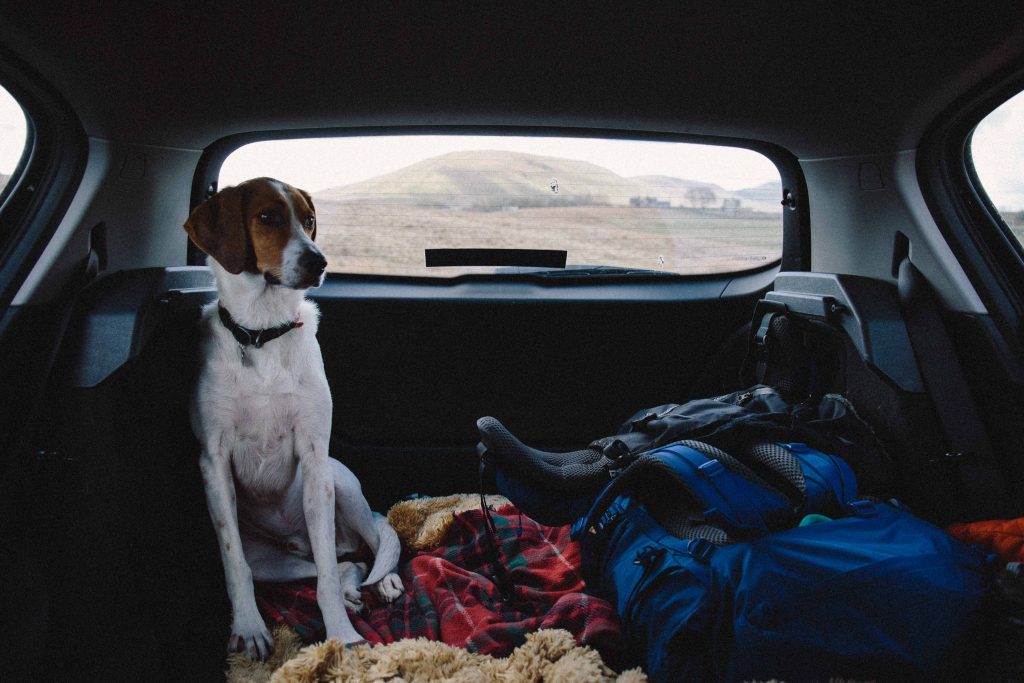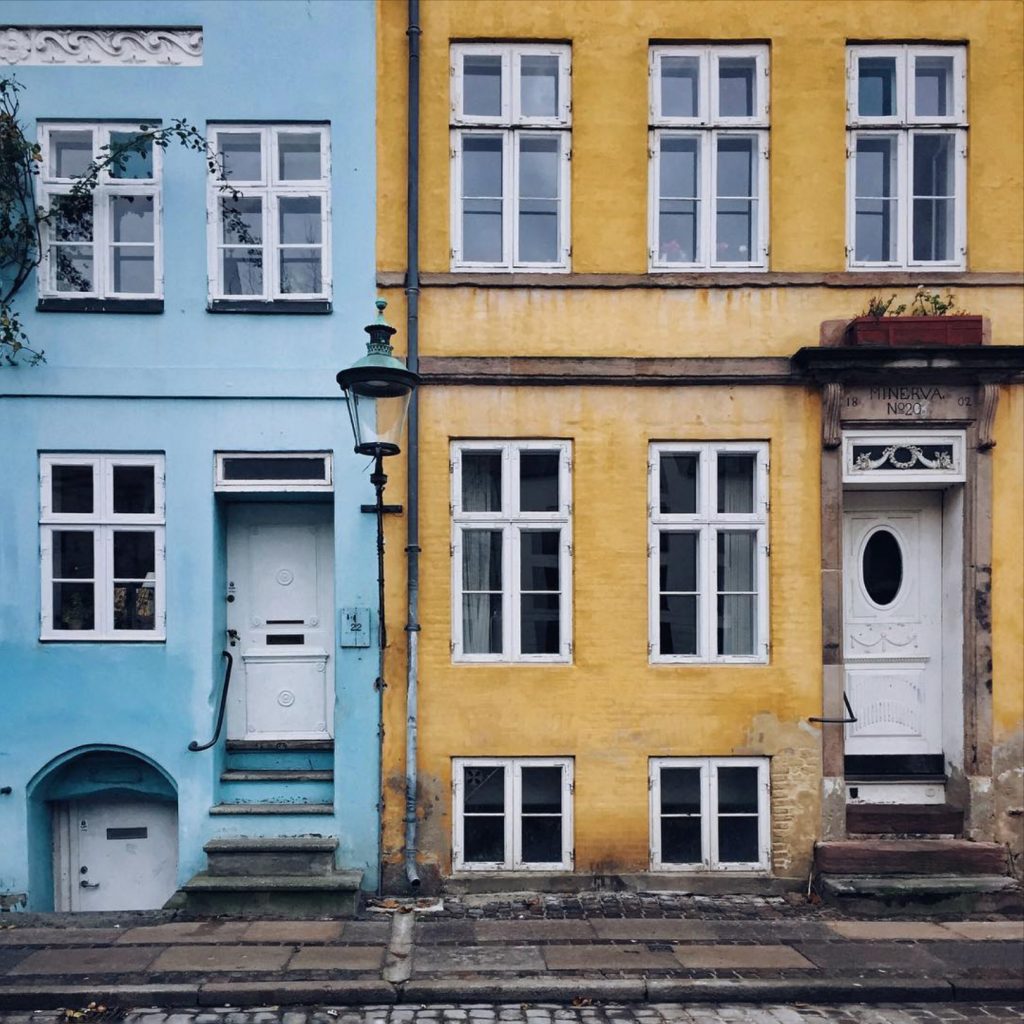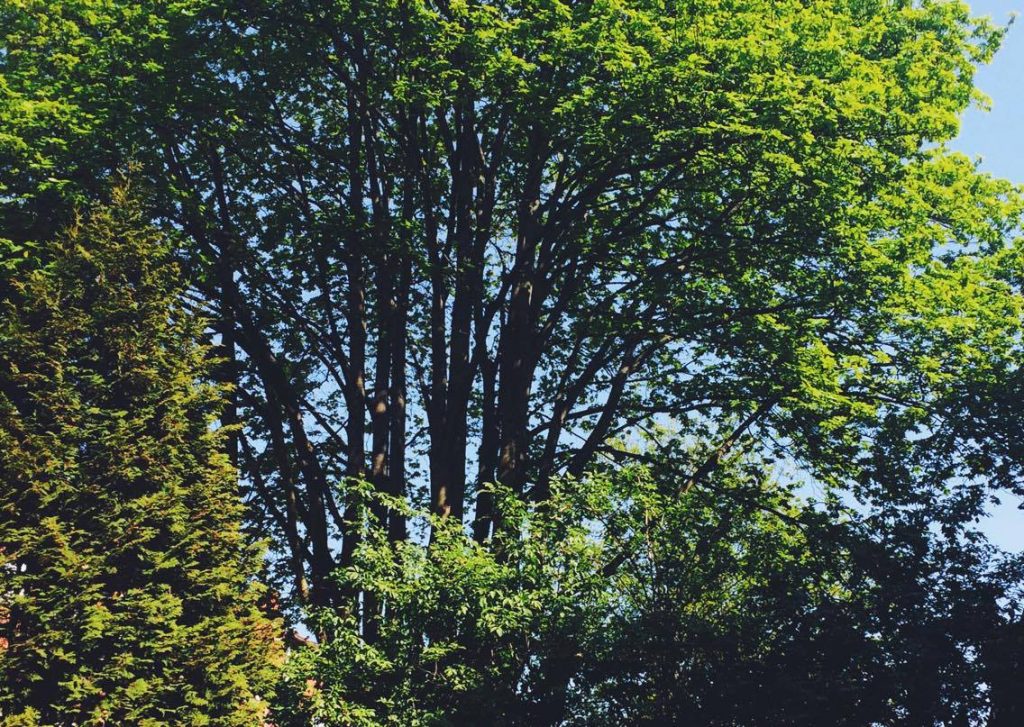…
2/ The Golden Circle
Boasts Iceland’s most famous natural treasures
The Golden Circle is a small, triangle-shaped tourist trail in the country’s south-western corner. Famous for containing so many of Iceland’s natural gems, visitors flock to its waterfalls, geysers, and volcanic craters. Yes, it’s touristy and not what it once was, but that doesn’t take anything away from the incredible natural beauty.
See where two tectonic plates meet
Thingvellir national park, the site of Iceland’s first parliament which was founded there in 930 AD, is the best place to start your tour. Aside from the park’s historical and cultural significance, Thingvellir lies in a valley that marks the crest of the Mid-Atlantic ridge. You can see the American and Eurasian tectonic plates breaking apart with your own eyes; and it’s the only place on earth where this geological wonder is visible.
Marvel at the Geysers of Geysir
Your next stop: the mesmeric geysers at Geysir. The most active geyser, Strokkur, erupts every few minutes or so, spurting hot boiling water 100 feet high. Visiting Geysir in winter, I remember that my feet were ice-cold because my socks were wet. But as I walked towards the geysers I was treading on trickling hot water from the springs, and my snow boots started to warm up nicely. To avoid the flurry of mobile phones capturing the moment the geysers gush, visit before 10am or after 4pm. They’re equally beautiful in summer, too.
Visit the same waterfall in Winter and Summer
Everyone who visits Iceland must visit twice, once in winter, and again in summer. That’s because they are two completely different countries, unrecognisable from one solstice to the next. Yet both have a captivating appeal. The best place to see this dramatic change is at Gullfoss, Iceland’s most famous waterfall. In winter the waterfall thunders through broken ice, while in summer it breathes and cascade freely, hugged by the lush green fields which spill over on either side.
3/Reykjanes Peninsula
has more to offer than the Blue Lagoon
Home to Keflavík international airport, this small corner of Iceland is overlooked by tourists, who often head directly from their plane to the Blue Lagoon. But it’s hard to see why this region is underrated when there are so many stunning places to see. A lot of the lava-scarred terrain you drive past might look dead, but it’s eerily beautiful. Just remember to close the air vents in your car as you drive through the lava fields; the smell of the surfer is reminiscent of rotten eggs. I’d also recommend exploring the peninsula in summer, when the landscape isn’t masked by snow.
Lighthouse hopping and the bridge between two continents
Start in the northern tip at Garður’s old lighthouse, where there are incredible views over the bay. On a clear day you can see Reykjavík with Hallgrímskirkja standing proudly at its centre. Make your way round the peninsula to the various tourist hotspots, which include many charming lighthouses, viewpoints, and natural wonders. One of the most famous is the ‘bridge between two continents’ at Sandvík, a surreal place where you can cross from one tectonic plate to the other. The bridge was built to symbolise the relationship between Europe and America. The harsh, desolate terrain looks like the moon, with dark, undulating sand and jagged black rocks that roll from the ridge all the way down to the ocean.
The blue lagoon is a wonderful tourist trap
Just past the Gunnuhver Hot Springs you’ll find Reykjanesviti lighthouse, the oldest in Iceland. From its peak there’s a phenomenal view of the standalone Valahnúkamöl cliffs, rupturing out of the ocean. From here, drive east towards Grindavik and visit the beautiful Brimketill lava rock pools. It’s a nice spot for lunch or a tea break. After, you can make your way either to Grindavik’s famous orange lighthouse, Hópsnesviti, or the Blue Lagoon if you fancy a soak in the geothermal waters (heated in fact by the powerplant next door). Yes, it’s super-touristy. But it’s a fantastic experience, and you’ll feel relaxed and revitalised afterwards. There’s no best time to go. I’ve bathed there in deep, darkest winter, when the satisfying warmth of the thermal waters cloak you from the icy cold; and I’ve bathed there in summer, during the white nights, the lagoon basking in the pink hue of midnight light. Again, both have their charm.
To be continued …





